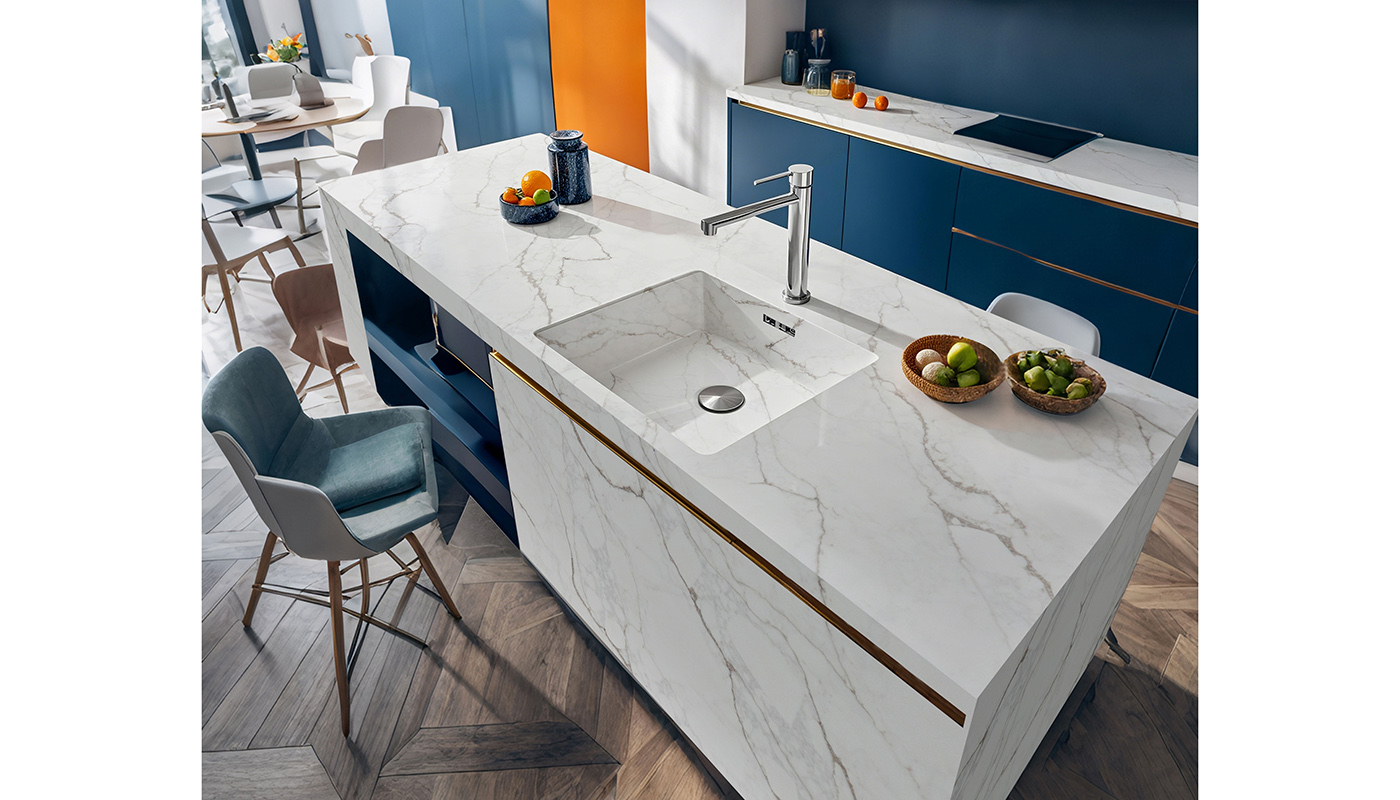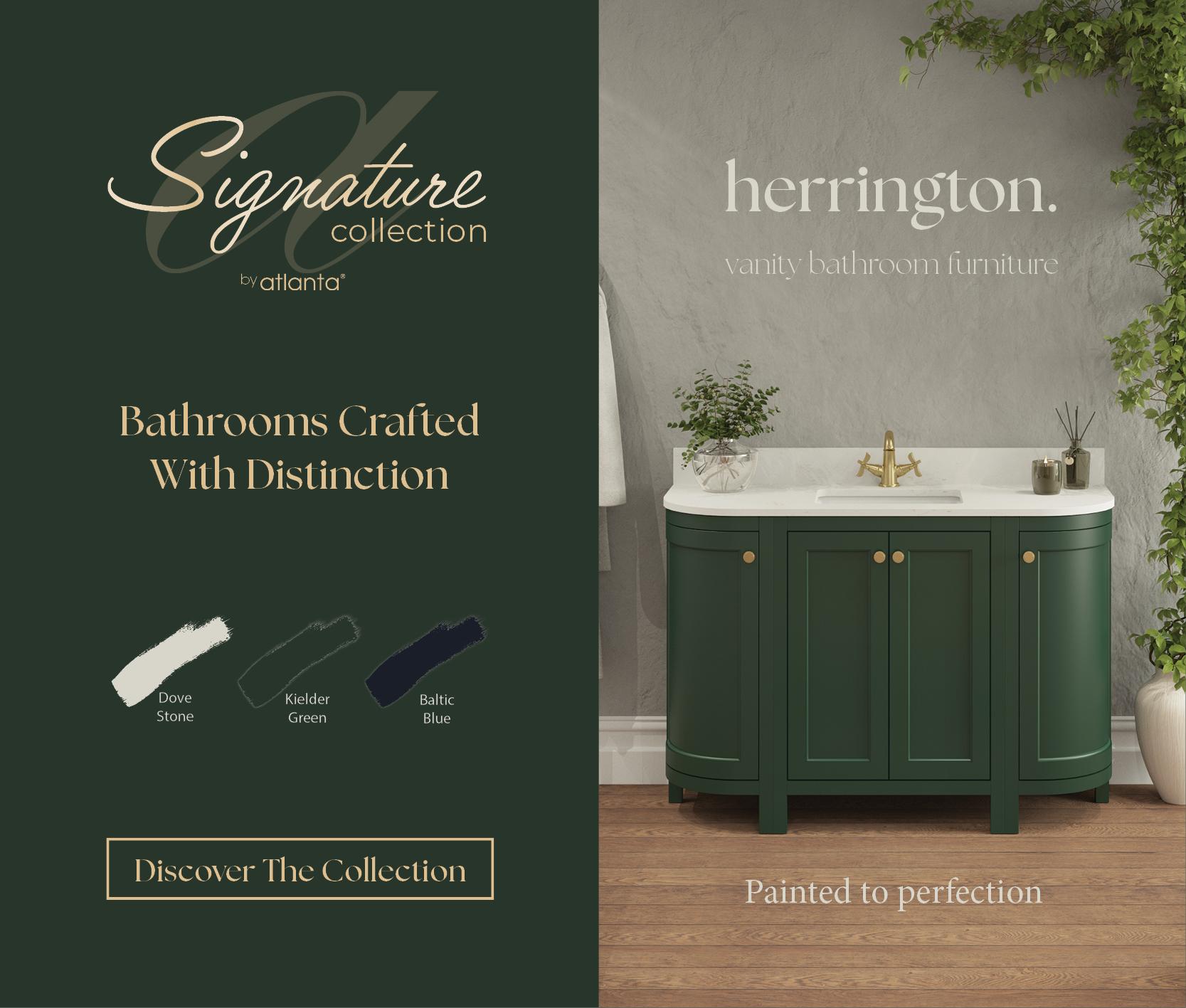Bathroom design: Why Shaker furniture isn't just for kitchens
Wed 24th Aug 2022 by Lisa Hibberd
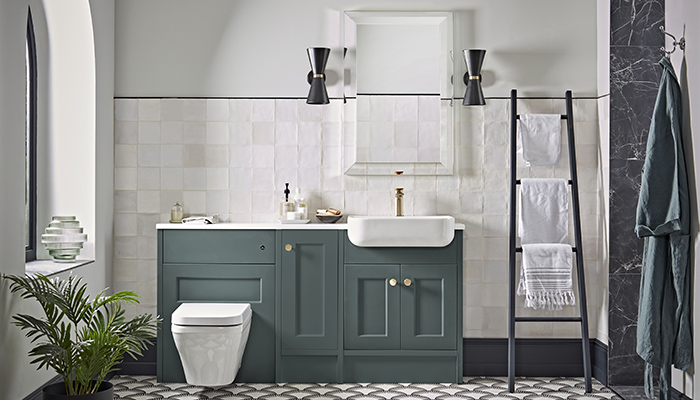
Bathroom design: Why Shaker furniture isn't just for kitchens
One of the most classic of styles, Shaker furniture has undoubtedly earned its place as an enduring choice for bathrooms. Lisa Hibberd discovers the reasons for its ongoing appeal, and learns how it can be used successfully in today’s transitional designs.
“Conventional interior design once dictated that homes could either fit into one of two distinct styles – modern or traditional,” says Keith Alcock, furniture category manager at Roper Rhodes . “But having a modern home no longer means consumers are limited to contemporary fixtures – the move to Shaker-style, artisan bathroom furniture and pared-back, tailored design means that achieving a minimal look with classic styling is now more achievable than ever. Shaker bathroom furniture honours traditional cabinetry while being sympathetic to the modern home, and allows consumers the flexibility to mix styles in their fixture and fittings choices. On a practical note, this minimal yet elegant style lends itself particularly well to the wear and tear of the busy modern bathroom, being easy to clean and maintain.”
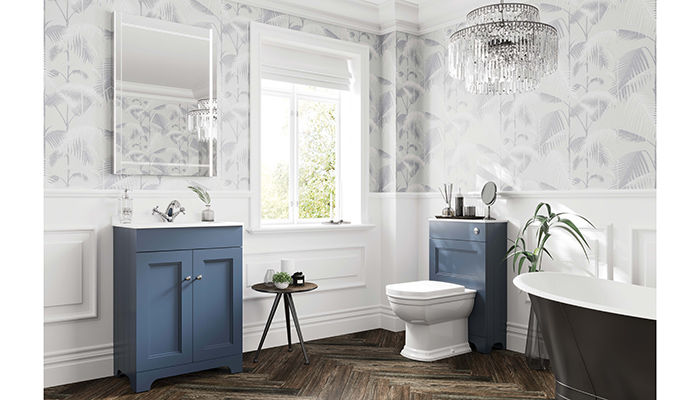
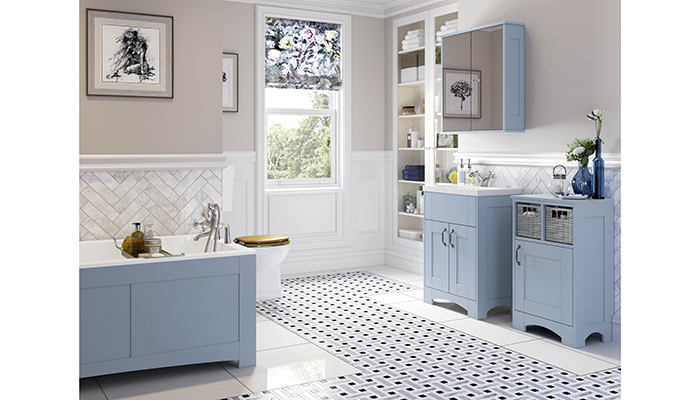
Helen Clark, head of marketing at Utopia, agrees that Shaker furniture offers truly long lasting appeal. “It's hugely versatile and is a style that can continue to reinvent itself and be presented in many different ways. We have noticed how keen consumers are to personalise their bathroom and choosing a classic Shaker-style door is an ideal place to start before progressing to colour, worktop, brassware, handle and sanitaryware choices to create a unique look. Clara from our Original Fitted collection and Roseberry, our premium solid timber range, are both modern interpretations of a traditional Shaker design. Combined with a wide choice of door handles, fitted, freestanding and modular configurations, plus a vast array of colours, the number of different looks that can be created is huge. As well as heritage-inspired colours, we also offer on-trend options such as Emerald Green and Rose Quartz which successfully extend the appeal of Roseberry to a younger demographic.”
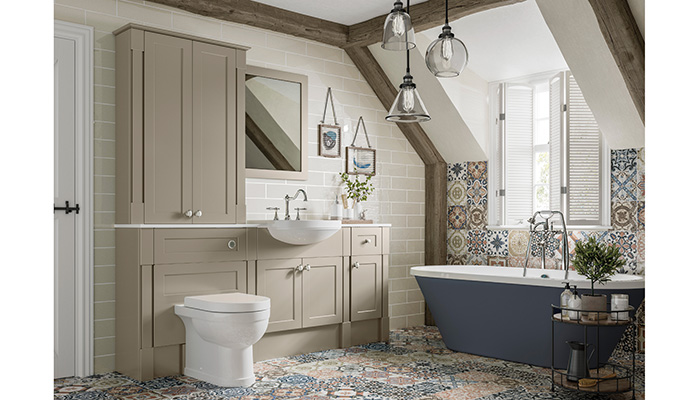
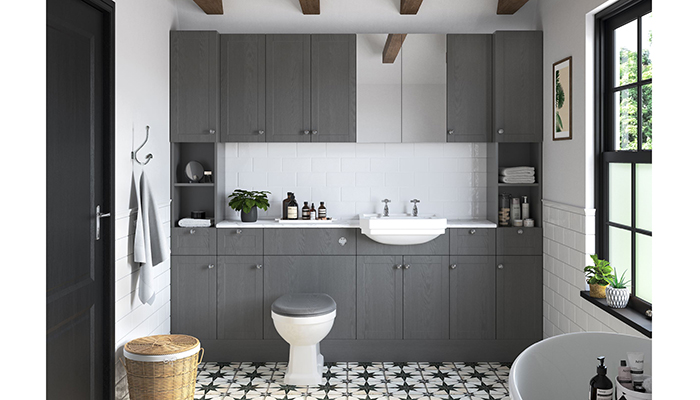
“The simplicity that defines Shaker furniture is the very reason it has such enduring appeal,” adds Natalie Bird, brand marketing manager at Roca. “Consumers are familiar with it, so it feels reassuring, but they also know that the furniture will retain its good looks over time, and they’re unlikely to tire of it. The clean lines are both attractive in their own right and provide the perfect complement for the rest of the bathroom. For example, a bathroom that is otherwise brightly coloured or patterned will benefit from the balance of Shaker furniture that – by its solidity – essentially adds a note of calm.”
With many consumers looking to blur the boundaries between traditional and contemporary, Natalie reports that Shaker furniture is the perfect starting point for most styles of bathroom because the simple lines allow it to be something of a blank canvas. “For a transitional bathroom, a more traditional round handle can be teamed with a sleek Anthracite Satin finish on the furniture, as seen on our Carmen range. Equally, Shaker doors can be paired with a more contemporary square handle. For a look that is bang on trend, designers can incorporate a glass-fronted door to make a display of items inside.”
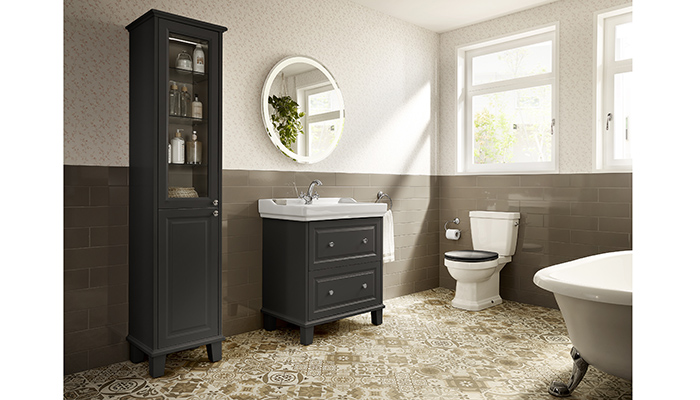

Keith Alcock, furniture category manager at Roper Rhodes, suggests that Shaker-style bathroom furniture can offer plenty of advantages for both retailers and clients. “Fitted bathroom furniture in general is the ideal solution to awkward bathroom layouts and makes particularly good use of nooks, corners and disused space. Likewise, fitted cabinetry is a great way to conceal unsightly pipework to give a clean, uncluttered and cohesive bathroom look. The option for customisation is of equal benefit to the consumer, with multiple choices available across finishes, handle options, sizes and furniture configurations. For retailers, fitted Shaker furniture is a good opportunity to upsell complementary products such as brassware, mirrors and bathroom lighting. Likewise, when we launch a new Shaker-style finish, our retailers can benefit from a fresh new showroom display, simply by changing fascias. Finally, as a fitted furniture suite in a Shaker, or indeed any other style, requires the guidance and expertise of an experienced bathroom retailer, this gives independent stockists the upper hand over larger online retailers.”
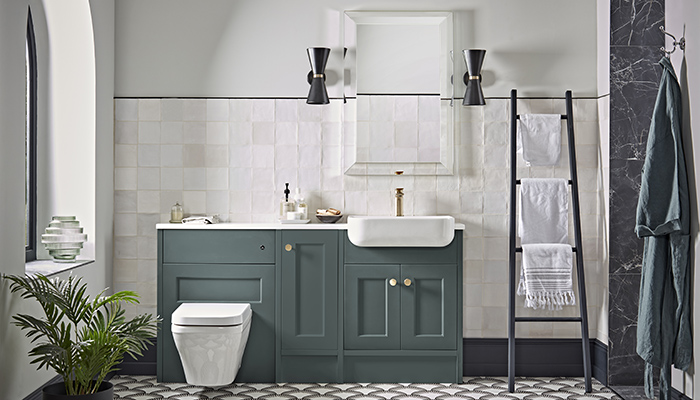
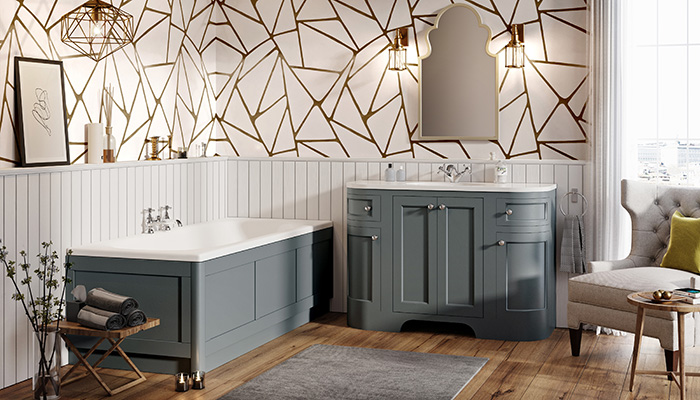
Lee Reed, head of marketing at Cubico, recommends that a Shaker style can be used successfully as part of the trend for transitional bathrooms, merging both contemporary and classic styles. “Shaker furniture has been around for centuries (circa 1700s) and so can be considered traditional. However, through its clean lines it still looks current in even the most minimalist modern interiors. It can be paired with traditional or modern brassware and works just as well against contemporary shaped baths as it would against a slipper or boat bath. It is very much a chameleon piece of furniture that can blend the two styles together. Another clear advantage of the Shaker style is that it can work across all types of bathroom furniture. We use it successfully on angular pieces to also curves and the simple design aesthetics can translate easily across several styles. This is also the case for built-in and modular as Shaker doesn’t have any defined rules as to how it can be used.”
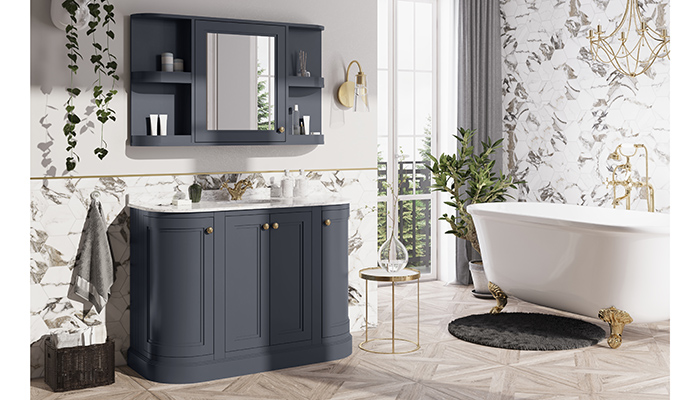

Tags: bathrooms, features, shaker, furniture, transitional bathrooms, hib, mereway, utopia, pjh, bathrooms to love, roca, crosswater, roper rhodes, harrison bathrooms, cubico, bc designs





